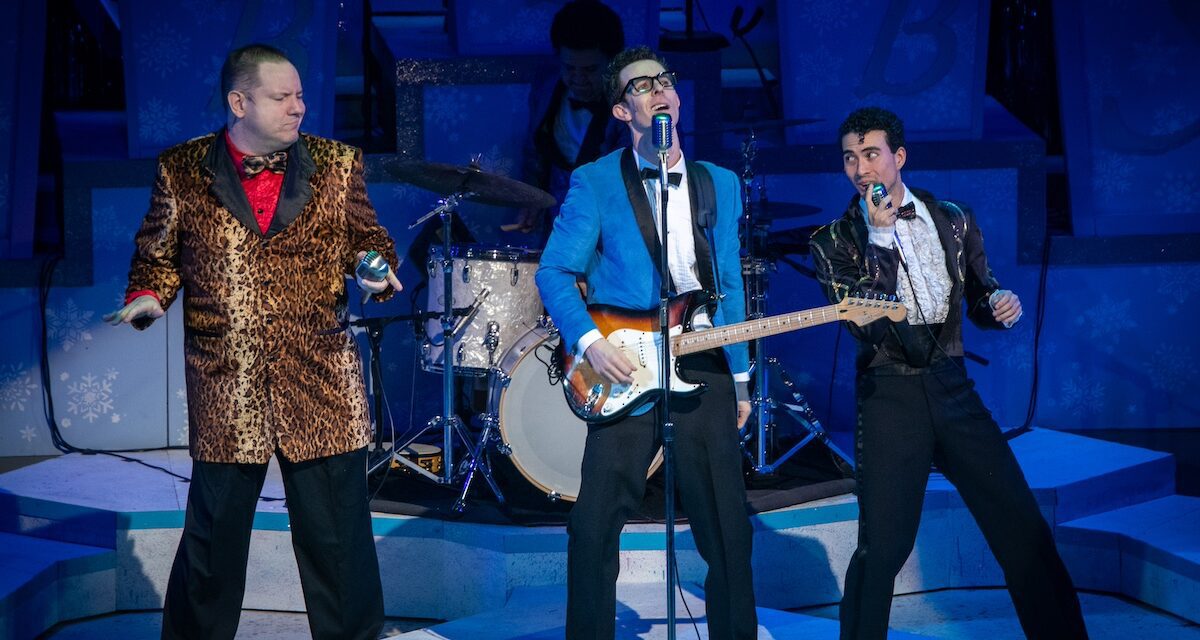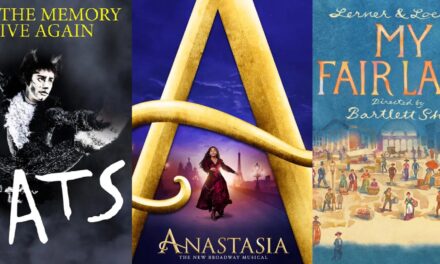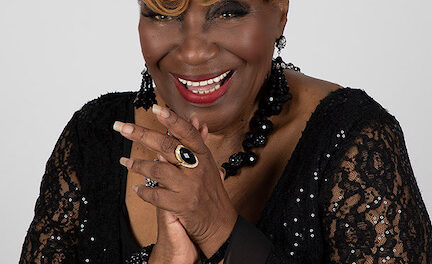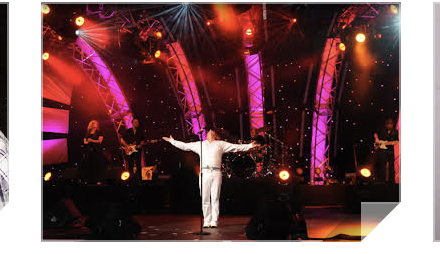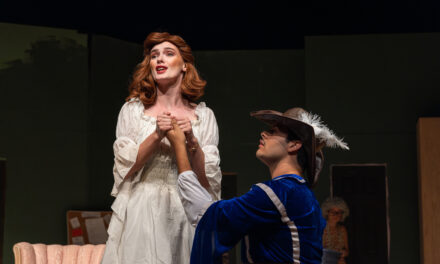Theater Review by Myra Chanin . . . .
In case you mistakenly thought The Buddy Holly Story was a seasonal legend about a friendly sprig of mistletoe, the life of Buddy Holly currently resurrected in all its glory at the Wick Theatre in Boca Raton, Florida, starts with a 1936 depression baby nicknamed Buddy, the youngest of four children born to a Lubbock Texas musical family, who learned to sing and play guitar from his siblings and was performing with high school friends by his early teens. His original influences, a blend of gospel, country, and rhythm and blues, were evident during his initial appearance on a local TV show at age 16, but Buddy was musically astute enough to correctly shift his creative efforts from Country and Western to Rock and Roll.

1955 was a very sweet sixteen year for Buddy. He opened three shows for the King, Elvis: one for Bill Haley, where the planets were enough in alignment to catch the ear of a Nashville talent scout who lined up a contract for Buddy with Decca Records Producer Owen Bradley (famous for the country hits he produced for Patsy Cline). Owen and Buddy were not a good fit. Buddy moved on to Clovis, New Mexico, where producer Norman Petty became his manager, recorded Buddy’s “That’ll Be the Day,” and sent it to Brunswick Records. They released it as a single by The Crickets, the name of Buddy Holly’s backup band.
By September 1957, The Crickets were touring and “That’ll Be The Day,” had topped the US and UK singles charts. A month later, “Peggy Sue,” became Buddy’s second major hit. Next? The Chirping Crickets’ first album was number five on the UK album charts and The Crickets made their first appearance on December 1, 1957, on the Ed Sullivan Show. Next came an appearance on American Bandstand, followed by a second shot on Sullivan a month later, before a tour of Australia and the UK. Whew!
In between recording in New York, Buddy proposed to Maria Elena Santiago, his music publisher’s Puerto Rican receptionist after their five-hour-long courtship. It also shifted his focus to New York, which caused a rift between him and The Crickets and forced Buddy to pursue a solo career.


Buddy and Maria Elena stayed in Lubbock, while he finalized the details of his Winter Dance Party Tour. His new band included Waylon Jennings on electric bass and Tommy Allsup on guitar. Traveling on an unheated tour bus that broke down twice in freezing weather ended with Buddy’s drummer being hospitalized with frostbitten toes and unable to travel. In the interim, Buddy had chartered a four-seat Beechcraft Bonanza with seating for Jennings, Allsup, and himself to continue their tour after their Clear Lake Concert, until fate extended its fickle finger. First Jennings voluntarily gave up his seat to accommodate the Big Bopper, who’d caught influenza and complained that riding the bus was uncomfortable for someone his size. Next sixteen-year-old Richie Valens of “La Bamba” fame flipped a coin with and for Allsup’s seat on the plane. Correctly choosing “heads,” Valens declared, was the first time he ever won anything in his life.
The Clear Lake Concert was a huge success, but the weather was dreadful. The plane, newly fitted with a new type of gyroscope with which the pilot was unfamiliar, and may have misread, crashed into a cornfield five miles northwest of Clear Lake, Iowa, shortly after takeoff, killing all aboard. Buddy’s newly pregnant wife was in New York, having been too sick to travel. She’d begged Buddy not to go on that tour and not to get on the plane but had been ignored.
Fortunately, Wick’s production gave Buddy an exhilarating finale by recreating the entire last Buddy Holly Show—The Clear Lake Concert.


The Buddy Holly Story is more of a jukebox musical than a musical biography, which perfectly suited the sold-out Wick audience the afternoon I attended, packed to the gills with rollicking fans of all ages, bopping to the beat like they were back at the hop. Clifford Spulock’s limber lighting was totally engaging. Natalie Hershman’s choreography was flawlessly conceived, as well as flawlessly performed. Sarah Godwin’s musical direction made every note come to exciting life. I, seated in the last row of Seventh Heaven, found the sound somewhat trebly and screechy, but I was the only person in the theater who seemed perturbed.
Matt McClure, who directed this dazzling Wick production as well as designing its glittering, luminous sets, also delivered a non-stop, energetic performance as Buddy Holly. His original attraction to Buddy dates back to his undergraduate college days, when searching the internet for roles he might play, he realized that, like Buddy, he himself was tall, and skinny; and, after a ton of practicing then and forever, and working on productions of The Buddy Holly Story for nine years, had himself become an accomplished enough performer to tackle the leading role. Matt resurrected Buddy perfectly, bold in his music and movements as well as convincing as a teenager in love. The show beautifully compressed the joys and travails of Buddy Holly’s very compressed existence.
The Buddy Holly Story. Through May 5, at Boca Raton’s Wick Theatre (7901 North Federal Highway, Boca Raton, Florida). www.thewick.org
Photos: Amy Pasquantonio


